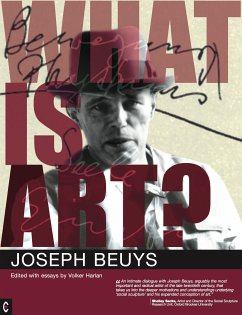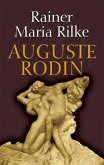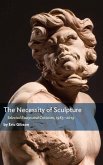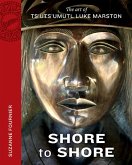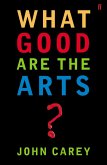Joseph Beuys's work continues to influence and inspire practitioners and thinkers all over the world, in areas from organizational learning, direct democracy and new money forms to new art pedagogies and ecological art practices. Here, in dialogue with Volker Harlan - a close colleague, whose own work also revolves around understandings of substance and sacrament that are central to Beuys - the deeper motivations and insights underlying 'social sculpture', Beuys's expanded conception of art, are illuminated. His profound reflections, complemented with insightful essays by Volker Harlan, give a sense of the interconnectedness between all life forms, and the foundations of a path towards an ecologically sustainable future. This volume features over 40 b/w illustrations.
Dieser Download kann aus rechtlichen Gründen nur mit Rechnungsadresse in A, B, BG, CY, CZ, D, DK, EW, E, FIN, F, GR, H, IRL, I, LT, L, LR, M, NL, PL, P, R, S, SLO, SK ausgeliefert werden.

